The negative impact of the fluctuation of Futures Price in Coffee Bean Market on the Coffee Industry chain
Professional coffee knowledge exchange more coffee bean information please follow the coffee workshop (Wechat official account cafe_style)
Recently, fluctuations in the raw coffee market have made participants in the entire coffee supply chain nervous.
On the face of it, the rise in coffee prices bodes well for farmers. However, this is not the case, and the surge and volatility of coffee prices have had a longer-term negative impact on many cooperatives and small farmers.

When prices in coffee futures markets are at lows such as 2018, 2019 and most of 2020, they can be expected to pick up. However, this fluctuation often causes participants in the entire coffee supply chain (including roasters, importers, exporters, growers) to take stringent measures to this end, thus further exacerbating price fluctuations.
The consequences of rising prices
What are the consequences of the rise in prices in the New York coffee futures market? What impact will this have on the upcoming or ongoing harvest season in Peru, Brazil, Indonesia, Burundi and Rwanda?
The forest area of ① decreased. Under the stimulation of the rising price of coffee, growers extend the planting area to the primeval forest and increase the harvest as soon as possible to get more benefits. However, prices still experience many ups and downs during the time it takes for plants to grow.
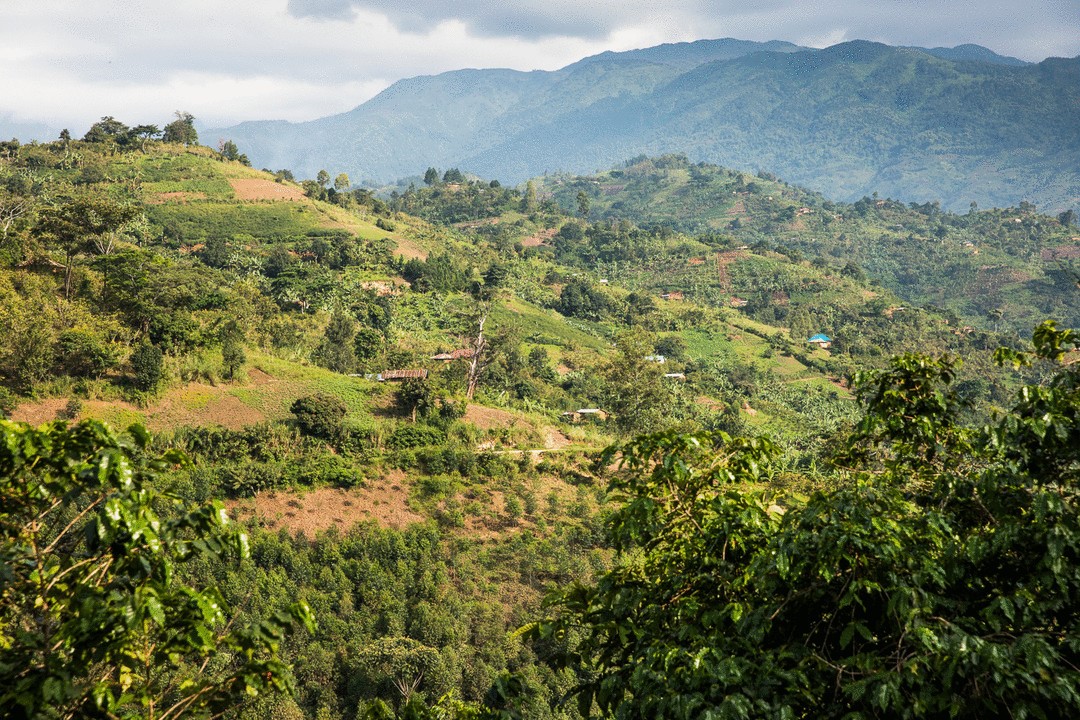
The quality of ② coffee is affected. When the market price rises, farmers will pick coffee cherries as soon as possible and send them to the processing plant to get a high price. However, in the case of curry farmers competing with the market price, the selection time of coffee cherries is shortened, and the quick peeling method is adopted, which increases the probability of picking immature coffee cherries. The price difference between selected ripe coffee cherries and mixed immature coffee cherries is too small to encourage farmers to take the time to choose ripe coffee cherries.
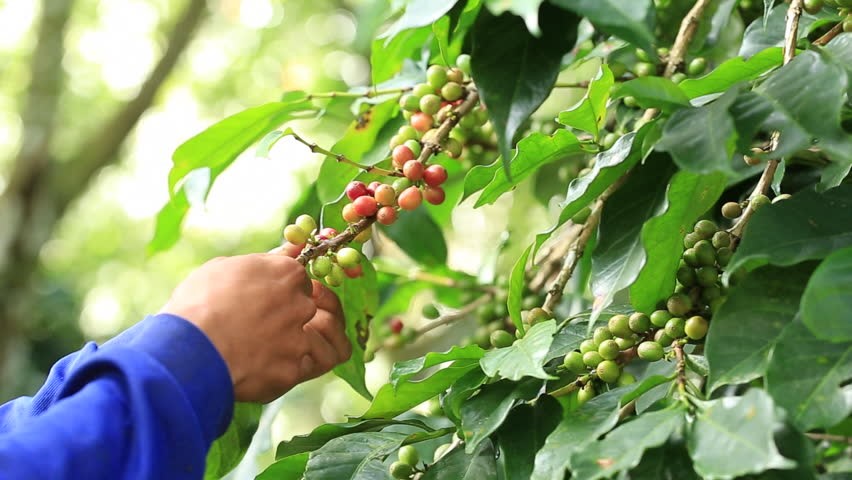
Private buyers of ③ have become more competitive. Because private buyers are well-funded and able to pay higher prices in time, cooperatives often find it difficult to obtain shell beans (raw coffee beans with sheep skin) from their members.
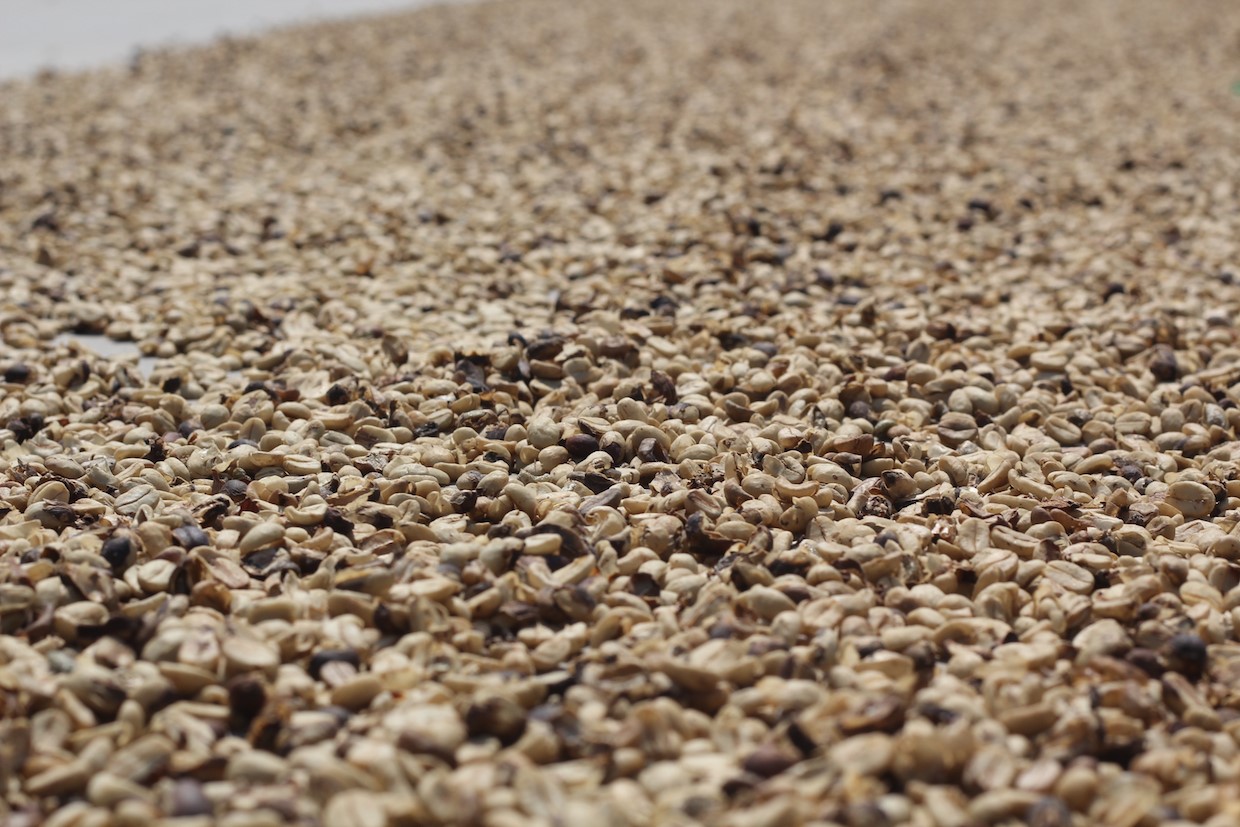
As early as 2015, this issue was mentioned in an article on price risk management tools.
Independent small agricultural organizations need to pay current local coffee prices to farmers to get coffee cherries. If they don't pay, the farmers will sell their products to others. The wages paid by coffee farms to workers are not linked to the current price of coffee commodities, so the risk they have to bear is greatly reduced. This has also enabled many coffee farms to sign up at a fixed price to protect them from rising market prices.
When the market is stable, cooperative members rely more on cooperatives for support and benefits. Stable prices prompt farmers to select coffee cherries during the harvest season, thus improving the quality of coffee and raising the consistent price, thus benefiting members of the cooperative. However, when prices are allowed to fluctuate greatly, the opposite is true.

No matter whether the price in the coffee futures market is high or high, support for cooperatives is very important. Because both fluctuations are likely to harm the operation of cooperatives and the long-term interests of farmers.
In the case of price fluctuations, buyers are required to strive to maintain or exceed a higher floor price to maintain the strength of the cooperative. Big buyers with rich money always win the price of "bottom-to-bottom competition". However, not all buyers reinvest in the community as cooperatives do: once the coffee futures market surge ends, the benefits disappear.
The stability of coffee prices requires time, commitment, communication and trust. In this volatile market, growers are always identified as "price receivers".
What is C-market?
The full name of C-market is coffee commoditymarket, or coffee futures market. The global price of coffee at C-market is determined daily by traders on the New York Stock Exchange.
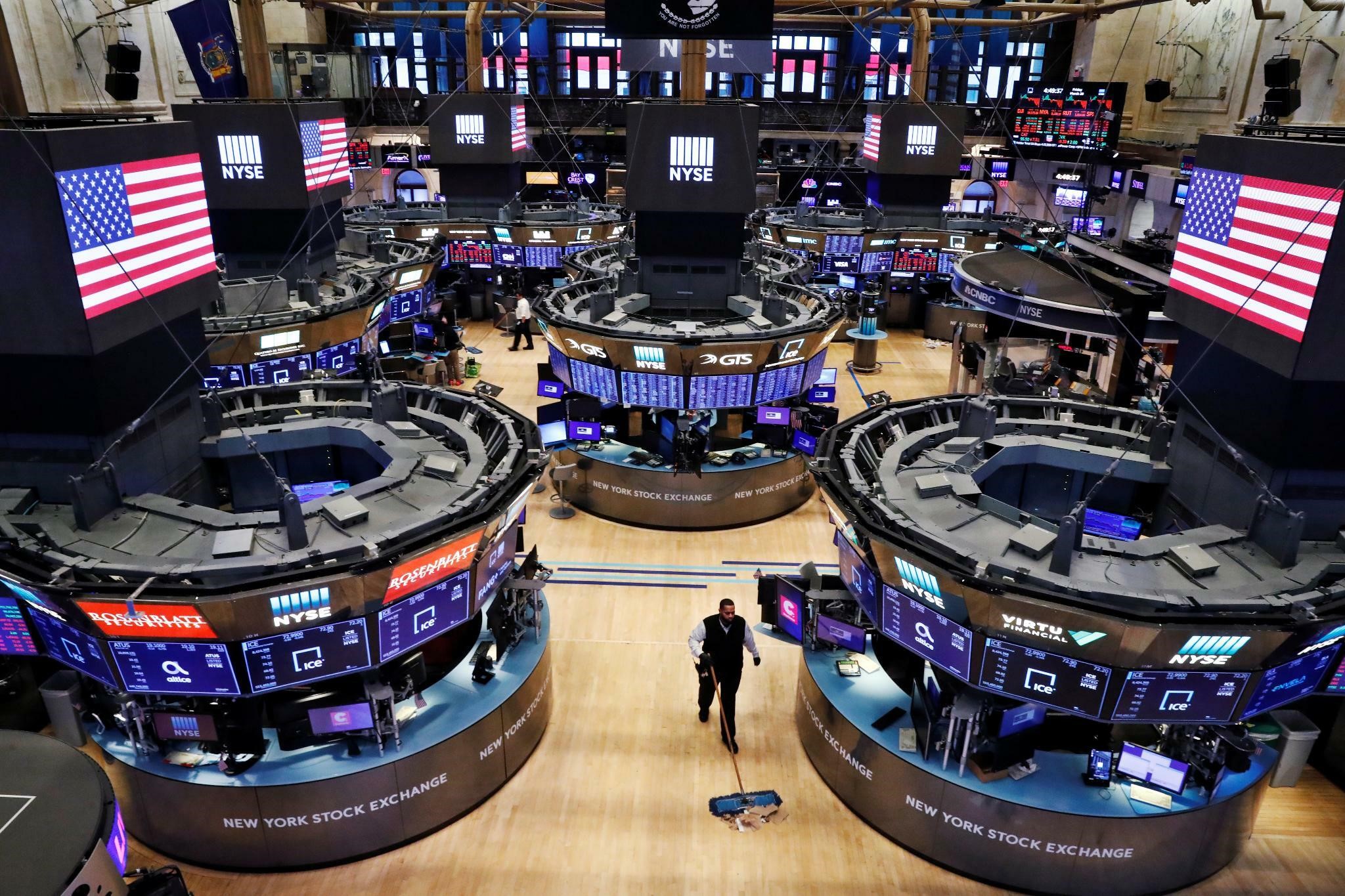
Coffee is a commodity that is frequently traded, with global exports exceeding tens of billions of dollars. Although the coffee in the exchange is a far cry from the cup of coffee in your hand. But in fact, C-market has a significant impact on the price of your coffee.
How to trade coffee in C-market
Coffee prices on C-market vary according to supply and demand, as well as traders' forecasts of future supply and demand.

Players on C-market are either trying to buy coffee at a low price or sell it at a high price.
However, many transactions on C-market revolve around futures contracts. In C-market 's futures contract, the buyer agrees to buy a certain amount of coffee (usually 375,000 pounds) at a specific time and at a specific price, determined by the expiration date of the futures contract. Sometimes, the expiration date is a few years after the contract is signed.
The specific price of the futures contract is determined by the commodity market price at the time of signing the contract, which means that buyers tend to sign the contract when the price is low, ensuring that they do not have to pay extra for it when the price of coffee soars.
Why can't consumers buy coffee from C-market?
In C-market, the volume of transactions between buyers and sellers is usually very large, and the unit weight of the purchase begins with tons. In addition, the coffee traded in C-market is unroasted raw beans.

As a result, most of the buyers are baking companies. They buy large quantities of raw coffee beans, which are roasted and distributed to cafes, supermarkets and other places where consumers can reach them every day. As market prices rise, so do the prices that consumers buy.
For more boutique coffee beans, please add private Qianjie coffee on Wechat. WeChat account: kaixinguoguo0925
Important Notice :
前街咖啡 FrontStreet Coffee has moved to new addredd:
FrontStreet Coffee Address: 315,Donghua East Road,GuangZhou
Tel:020 38364473
- Prev
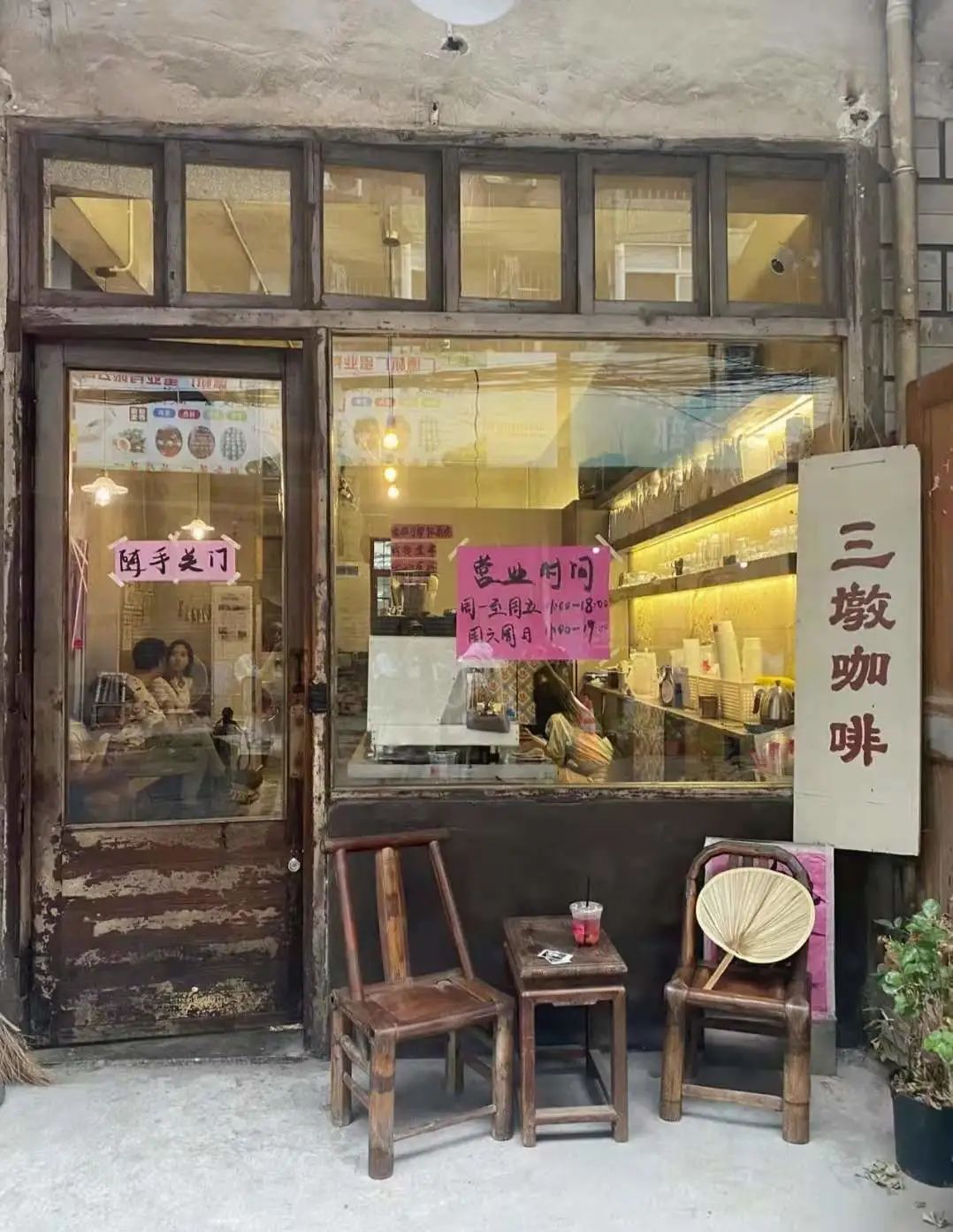
The coffee shop with the best atmosphere in Hangzhou recommends the retro cafe. How about the evaluation of Sandun coffee?
More and more players want to play with Coffee. This is not, even the barber shop is interested in "coffee". As we know, most of the places to drink coffee are in cafes, but with the increase of independent cafes, drinking coffee has become a daily routine, and wanting to drink a cup of coffee is no longer limited to the single scene of cafes. Something new, in the police.
- Next

Starbucks launched 47 limited Frappuccino series at one time, Starbucks 'best Frappuccino ranked in the top ten
Papa star is up to something again. This time it wasn't creative on the glass. As we all know, Frappuccino is one of Papa Star's more popular drinks. Papa Star will also serve new flavors of Frappuccino from time to time, but! This time, Father Star is really awesome! 47 Frappuccinos were launched at once! high
Related
- What is the difference between a cake filter cup and a V60 conical filter cup? What are the advantages and disadvantages of the flat-bottomed filter cup brewing solution?
- What is the difference between fine coffee powder and medium coarse coffee powder? Do I need to sift out the fine coffee powder for making coffee by hand?
- Why does hot American coffee taste bitter? Difference in proportional concentration between hot American and ice American
- Is espresso stored overnight in the refrigerator harmful to your body? Is frozen coffee better than freshly ground coffee?
- What parameters and proportions of water temperature should be used to grind and brew fresh coffee beans? Why can't I drink freshly roasted coffee right away?
- Customers have "changed" Manner's new products! Shop assistant: Please don't mess around!
- Remove sockets in customer areas at Starbucks stores?! Netizen: I won't go if I really tear it down
- What is the difference between the taste steps of sun-dried coffee and washed coffee? Why is sun-cured coffee sweeter and washed coffee sour?
- The recipe for salty grapefruit dirty is revealed! Coffee Festival salty grapefruit dirty coffee making materials parameters ratio milk share!
- How about the flavor of Sunlight 74158 at Sidamo Banshaha Mathieu Processing Factory in Ethiopia? 74158 Share the proportion of coffee brewing parameters!

